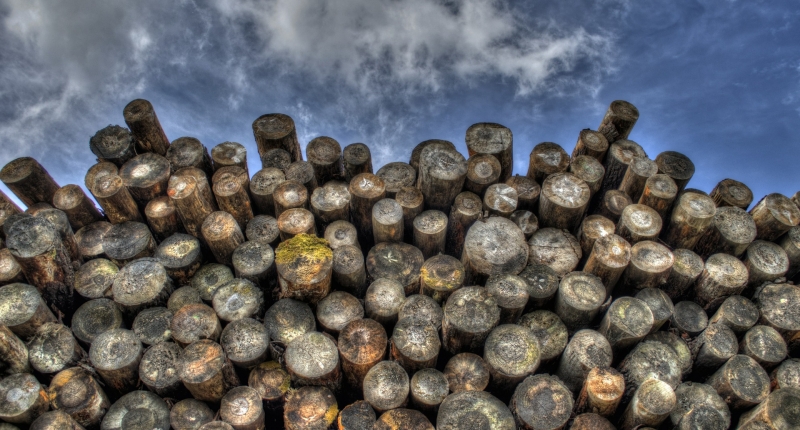Selective Logging Impact Modeling Using Lidar

Twenty percent of Earth’s existing tropical forests are zoned for selective logging. While selective logging practices like reduced-impact logging may lessen environmental effects, impacts are difficult to detect and quantify with satellite imagery.
To explore this issue, the SNAPP Working Group Forest Sharing or Sparing examined airborne lidar, a tool that has an active sensor and gives three-dimensional results that help quantify the impact of selective logging practices. The results of their tests were recently published in Forest and Ecology Management. The group tested lidar-based mapping methodologies by quantifying the impact of selective logging in Borneo and comparing the results to field GPS data. While the lidar maps of logging impact agreed well with the GPS data, the lidar mapped hauling impact zone was 31% smaller than field measurements. Time-lag between harvesting and data acquisition is expected to be the cause of this discrepancy.
The group emphasizes that skid trail mapping, like what was done is this study, shows the extent of no-impact zones and allows for the evaluation of skidding efficiency. Incentives for owners and operators based on measurable results, such as decreased skid trail density, can improve performance thus reducing carbon emissions. Currently, lidar’s broad scale use is limited by cost, timing, and logistical challenges of acquisition, so the authors recommend ground-based GPS in the near-term to monitor selective logging practices.
Mapping selective logging impacts in Borneo with GPS and airborne lidar
P. Ellis, B. Griscom, W. Walker, F. Gonçalves, T. Cormier.
Forest and Ecology Management, online 01/16/2016
For further information about this SNAPP Working Group's products, publications and participants.
